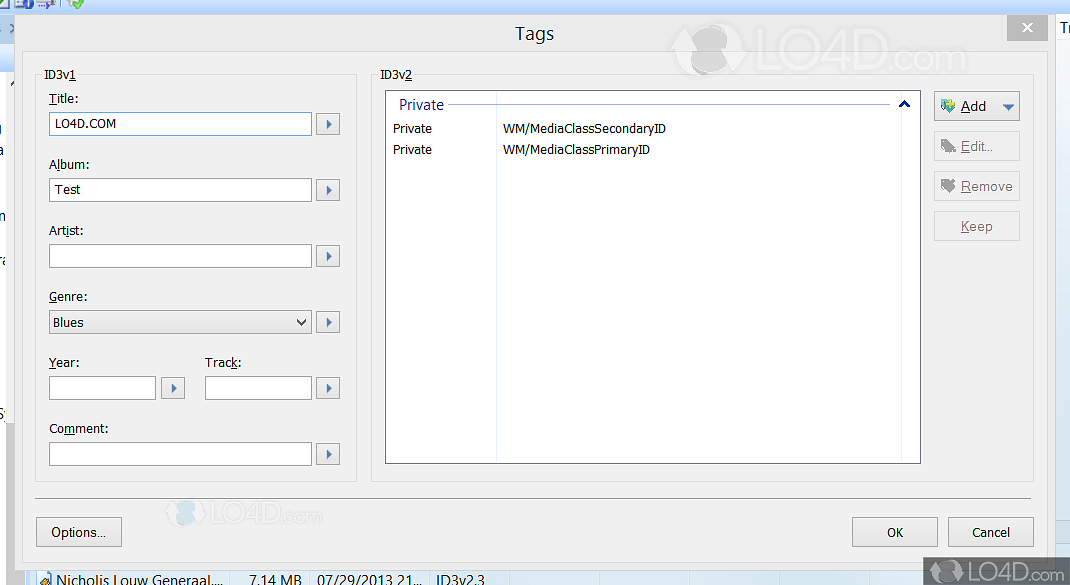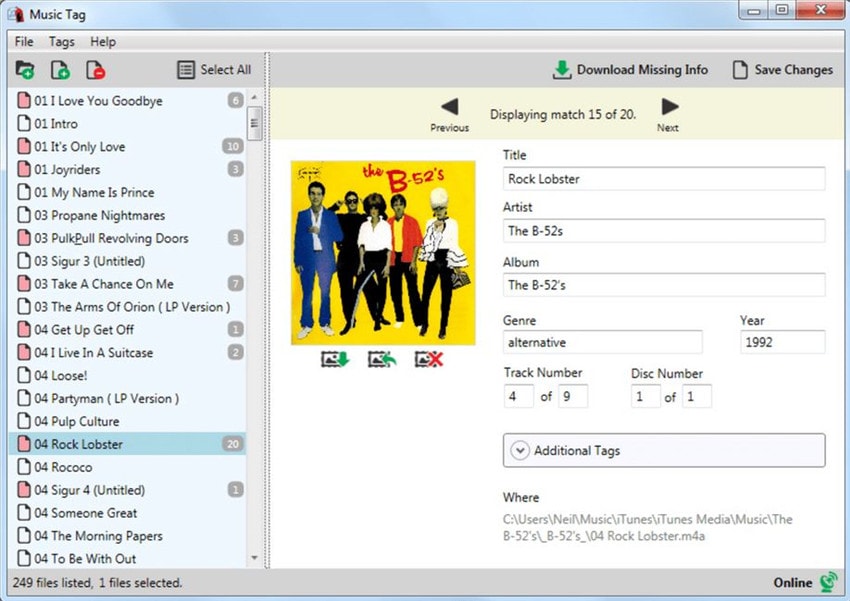

Our security tags indicate that this instance requires the data to be encrypted in order to comply with HIPAA compliance, and that we’ve set our internal data sensitivity rating at 4 on a scale from 1-5. From a technical perspective, we can see that the resource is currently in development and running version 2.1 of the App1 application. An example convention for tagging AWS resourcesįrom a business perspective, we can clearly see who is responsible for the resource and its function within the business along with the cost center for financial reporting. Some common tags include cost center, department, owner, environment, version, application, compliance, data sensitivity, and encryption. Within each of these categories, you can then define your own tags that are specific to your organization for standardization. Many organizations group tags into different categories. Essentially, the more high quality information associated with a resource, the easier it becomes to manage. For tags to be actionable at scale, most teams require visibility of exactly which resources are at play at any given time, who is using them, and what they are being used for, and who is responsible for them. This makes it easy to lose track of what’s being used until the bill comes due. Projects may be shared between teams or customers and can rely on different regions and platforms. Design your tagging strategyĪs cloud deployments grow, teams deal with an increasing amount of resources that are constantly moving, growing, and changing. Each cloud provider has its own defined tagging guidelines and you’ll want to make sure that your tagging policy is consistent across platforms. Amazon Web Services (AWS), for example, allows up to 50 tags per AWS resource, while Azure allows only 15. This should include the creation of a standard convention for naming resources that is easy to follow and that takes into account the policies of the different cloud providers you may be using.

This example shows five tags of an EC2 instance that indicate business, technical, and security metadata relating to this particular instance.īefore getting started with tags, it’s essential to establish a single standard that governs how tags will be managed by users across the organization. Tags may identify who owns the resource, the environment where it is used, and any other technical or business attributes based on your requirements. They provide additional information and context about that specific resource. Tags are labels in the form of key-value pairs that may be attached to cloud resources such as instances, storage volumes, and databases. In this post, we’ll discuss things to keep in mind when tagging your resources and how tags are important for your business. Tagging helps ensure that all cloud resources are identifiable, easily discoverable, and available for reporting so that your organization gets the most value from your deployments. Spending, utilization, compliance, and security are all at risk if you don’t have a strategy to easily and quickly identify resources. The more quality information you have about your resources, the easier the management becomes.Īs organizations put more workloads in the cloud, it’s easy to lose sight of the resources that you’re running.


There are many use cases for tags, but what are the best practices for tagging AWS resources? In order for your organization to effectively manage resources (and your monthly AWS bill), you need to implement and adopt a thoughtful tagging strategy that makes sense for your business.


 0 kommentar(er)
0 kommentar(er)
